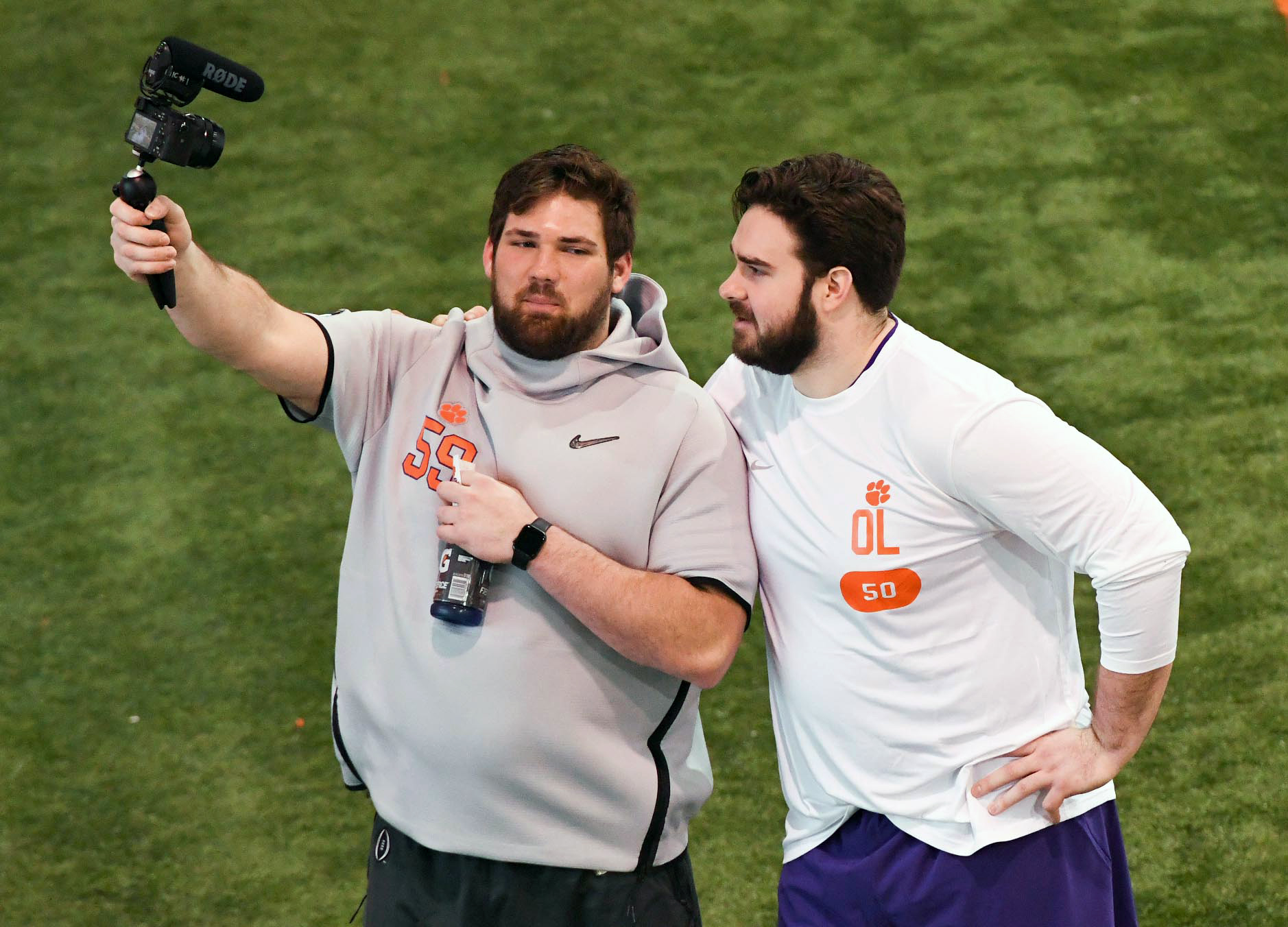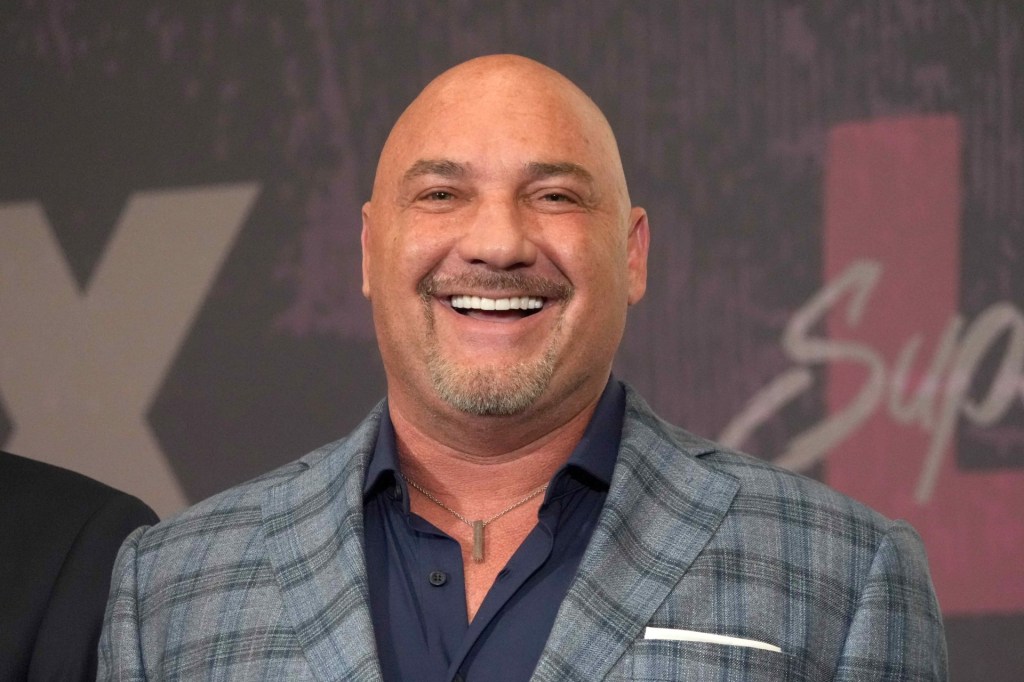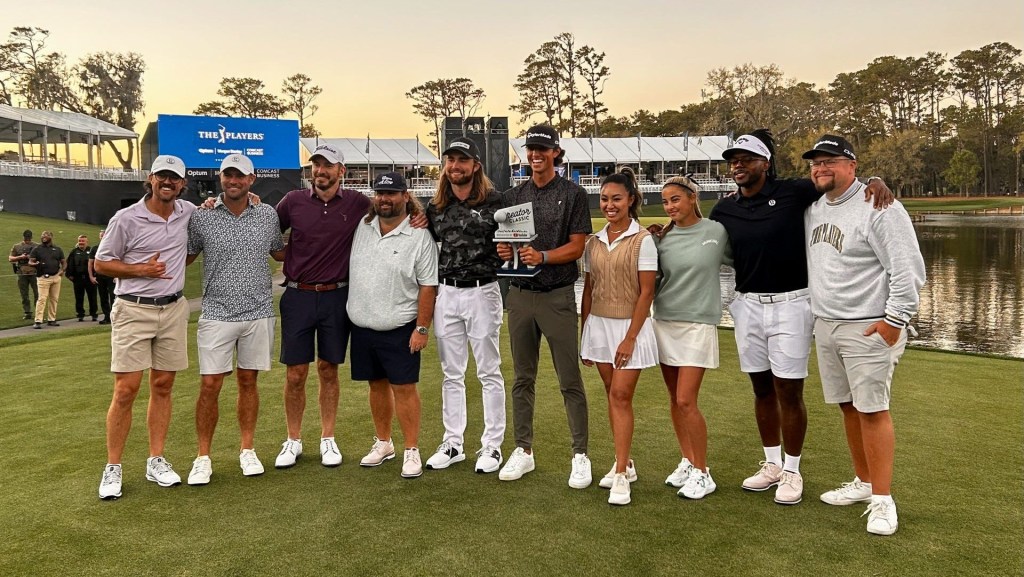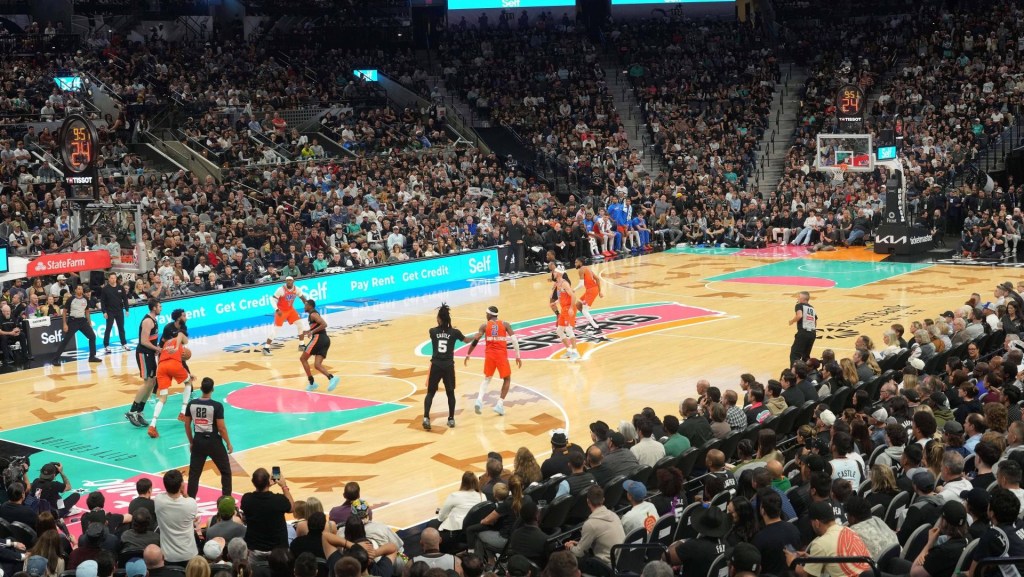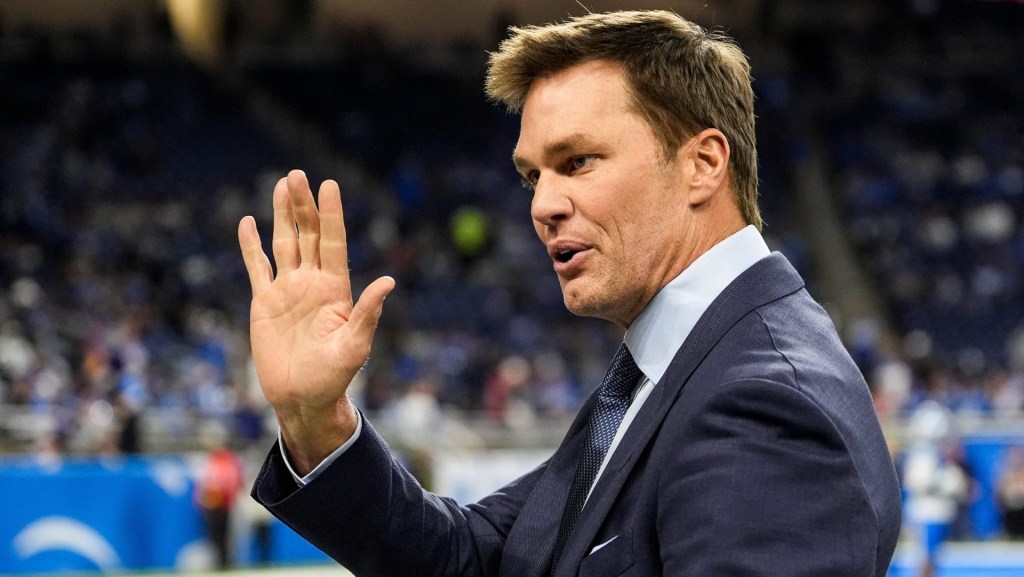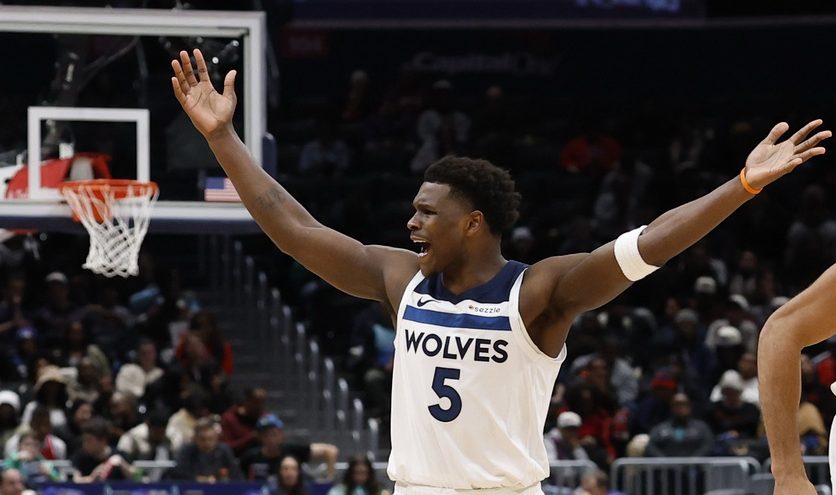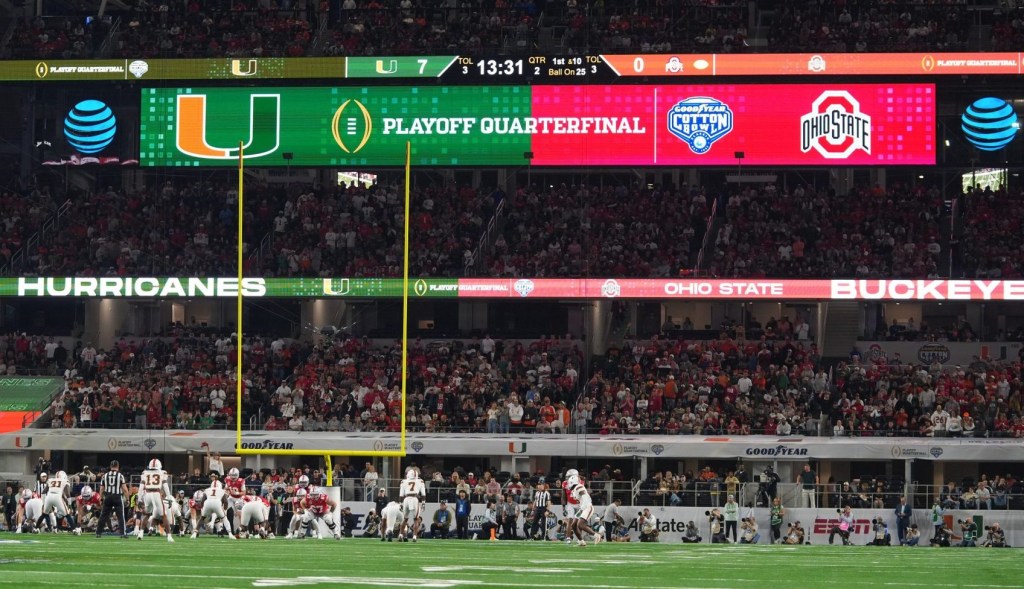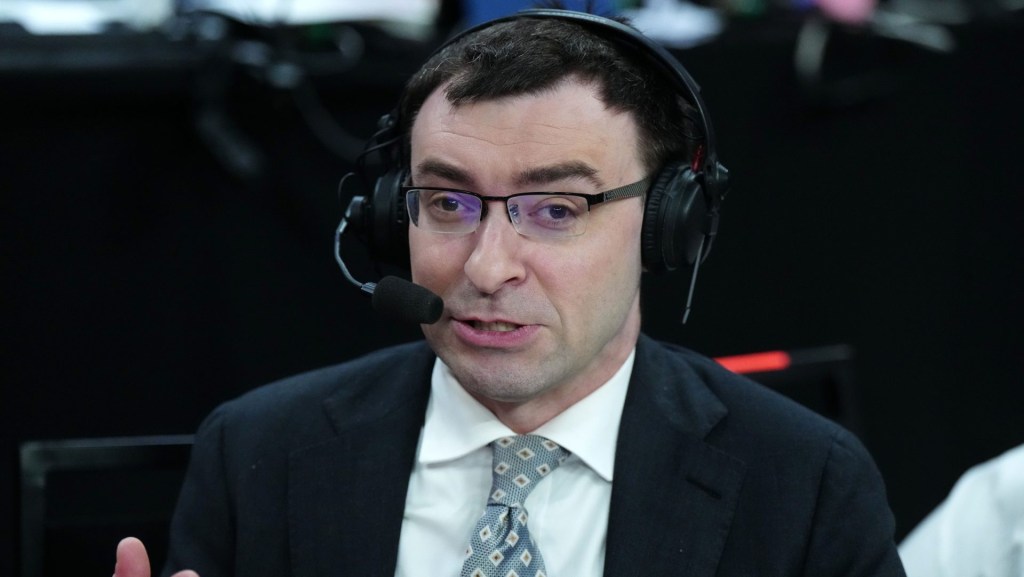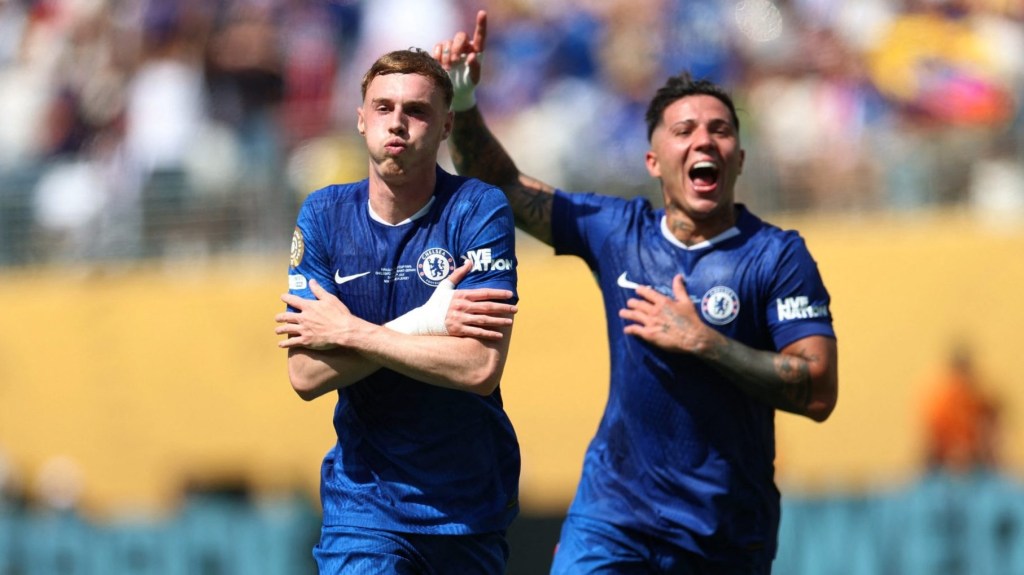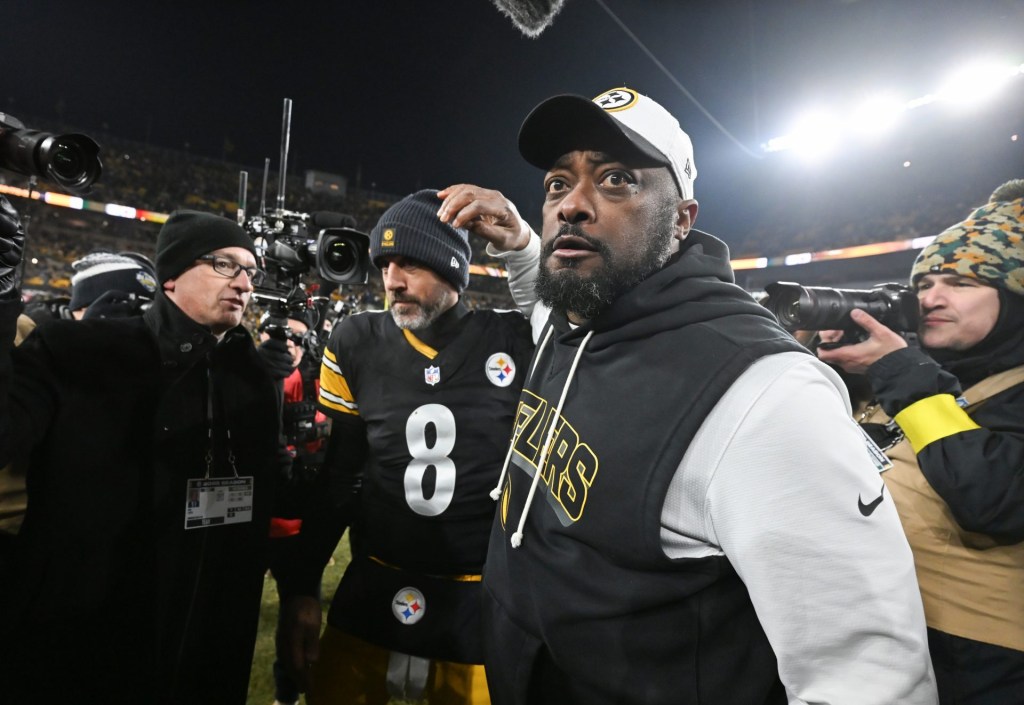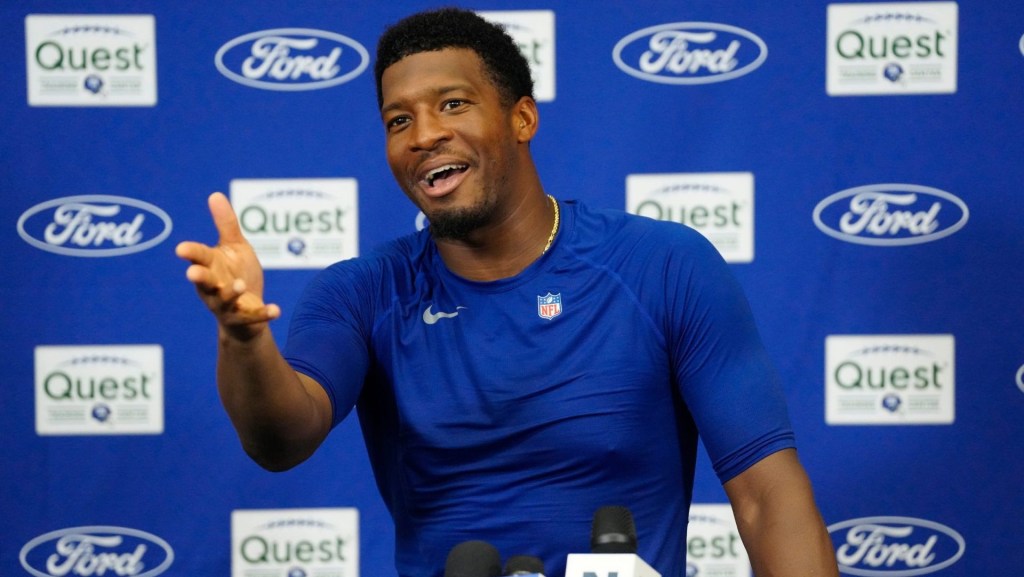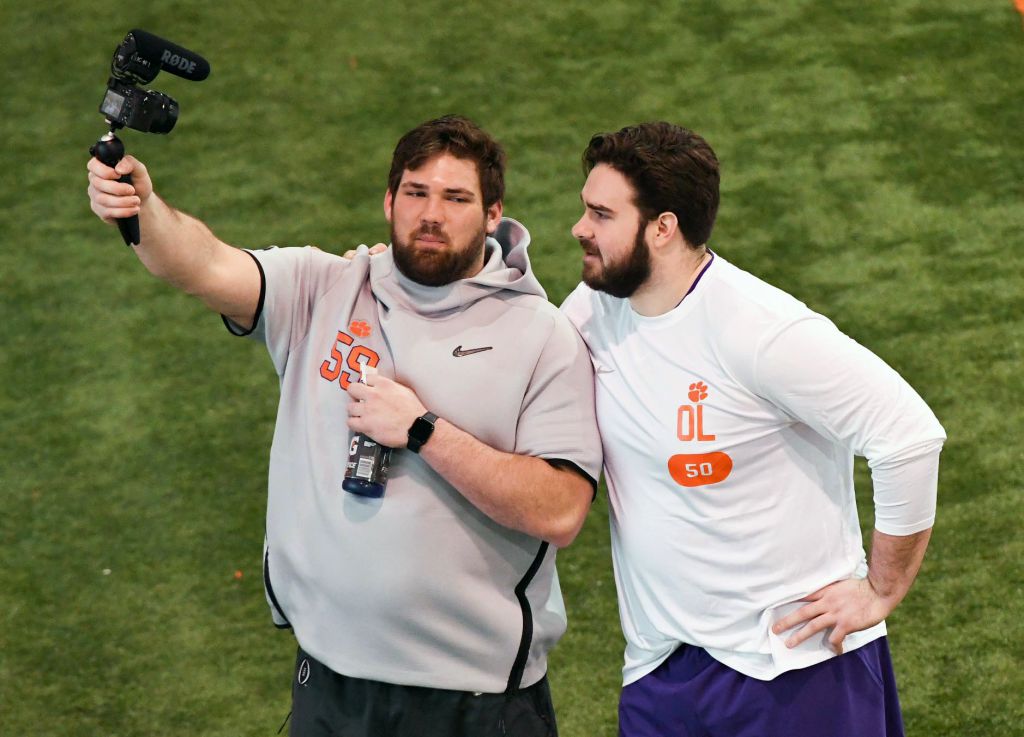
Having the second-most followed Twitter account in college football with more than 948,000 followers, Clemson University has developed a strong bond with the Twitter Sports team.
There are some simple benefits to that relationship, according to Jonathan Gantt, Clemson’s associate athletic director for creative solutions.
“A basketball player had their account hacked, and I was able to get a response from the Twitter Sports team in less than five minutes; that’s a big deal,” Gantt said, who oversees the digital strategy for Clemson Athletics.
But in a time when more and more sports properties see Twitter as not only one of the best social platforms to reach fans on, but as one of the best places to engage with fans period, the small but deeply impactful team at Twitter Sports is forging deep partnerships across the industry to help those properties achieve their goals.
“When Vine was shut down in 2016, the team at Twitter Sports reached out to us because they knew we were heavy users,” Gantt said. “At the time you couldn’t loop a video on Twitter, and we talked about how important that had become for our content because we felt it was more watchable or engaging. Shortly thereafter, a video could loop on Twitter, and they informed me that they got that feedback from us, talked about it internally and acted on it.”
“It’s the perfect example of how this isn’t about a transactional relationship – they want us to succeed,” he said.
Joining Twitter in February 2014, Laura Froelich has seen an evolution in the way that sports properties have utilized the platform.
“We’ve done a lot of work over the past couple of years to understand the value proposition of our platform,” said Froelich, who is currently Twitter’s head of U.S. content partnerships overseeing the company’s teams that work with sports, news and entertainment publishers. “The fact that we are the place where people come to talk about what’s happening in the moment is a huge deal for us, so having a deep understanding of who we are and who we’re for has been instrumental in helping to advise our partners on what’s the best content to provide their fans and help grow that even further.”
With rights to some of the biggest sporting events on the planet like the NFL and the FIFA World Cup, Fox Sports is always looking to amplify those events even further on a variety of different social media platforms.
“Every platform has its strengths, and when you look at these third-party platforms, it’s fishing where the fish are,” said Michael Bucklin, Fox Sports vice president of digital content. “When it comes to Twitter, we have a lot of live sports on our air, and they are where the live sports conversation is happening – it’s a natural partnership.”
No event showcases that better than the World Cup – the 2014 match between Germany and Brazil remains one of the most-tweeted-about sports games ever with more than 35.6 million tweets about Germany’s 7-1 win.
READ MORE: Twitter Amplifying Women’s Sports With #GoldenTweet Awards
But while having Twitter help facilitate a conversation about any particular game in real-time is important, so is the relationship that Fox Sports has developed with Twitter Sports in helping maximize the conversation around those games when they end.
“About a year or so ago, we got a call from the folks at Twitter about something they were seeing in the ways we were using the platform, and they invited us out to New York to meet with the product team,” Bucklin said. “We were doing all of this live programming on the platform, but even that live programming was sometimes not as engaging as an individual witty or snarky tweet and the replies you would get. We talked to the team about the ways we could drive commentary from that, and in our World Cup Now show we were able to, within seconds, feature replies within a graphic on the broadcast. It all came from the way that we drove replies and what they were seeing, and in that case, we won an Emmy for World Cup coverage. We don’t get to that conclusion unless we have a tight-knit partnership.”
TJ Adeshola, Twitter’s head of U.S. sports partnerships, said the company doesn’t take the term partnership lightly.
READ MORE: Shot Callers: TJ Adeshola, Head of U.S Sports, Twitter
“We truly believe that our success and our partners’ success is completely contingent on us coming to the table and helping each other achieve shared objectives,” he said. “The first thing that we do in advance of any season is we reach out to our partners that are rights holders within that specific property and ask a question: what are you looking to achieve this upcoming season or year, and we take that, we marinate on it and work across multiple groups at Twitter, and then we go back to that partner and say what do you think about these ideas and concepts? Things like MLB Twitter Hitter, the NBA Twitter Live ISO cam, various initiatives in women’s sports and things like Adidas’ Friday Night Stripes – all of those things are a function of us just locking ourselves in with our partners and saying, let’s develop a strong partnership and help each other out.”
Despite working with nearly every North American sports broadcaster, league, and team, as well as with athletes directly, the Twitter Sports team specifically only is nine members deep, ranging from Adeshola who oversees the team to a group of partner managers who help troubleshoot any problem a partner might have.
“What we’ve done is divvied up responsibilities based on expertise and any previous experience, as well as bandwidth candidly,” Adeshola said. “While we align people with their passion and skills, we also prioritize development so they can work on multiple things. I think that’s helped our partners develop relationships with multiple people on the Twitter Sports team, and it makes them feel like we’re serving the relationship a bit more intimately.”
Building out a team that is not only diverse in its background and experience but in its gender as well – five of the nine team members of Twitter Sports are women – has also helped the platform ensure that it is working with a diverse group of entities within sports.
“An easy thing to do would just be to say ‘everyone talks about the NFL and the NBA and the bigger properties on Twitter, so let’s just lean in with those and go home,’” Adeshola said. “That would be the easy thing, and quite candidly, I’m sure our business would still be in a healthy place if that’s all we did. But we understand that there are tons of underserved communities on the platform. You look at the WNBA, the community hyper-engaged and underserved from a content perspective, and we think our platform is uniquely positioned to serve those folks.”
As Twitter continues to evolve and its role in helping sports properties grows in a variety of ways, Froelich said that Twitter Sports is aiming to grow alongside it.
“Media consumption patterns are changing, and our partners are looking to re-aggregate their audiences, wherever they may be,” she said. “We encourage all of them to think about their presence on Twitter as an extension of their own owned and operated properties, a place where they have an opportunity to grow their audiences and grow revenue at the same time.”
